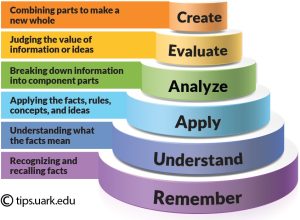Unit 1 Introduction
Medical English is based on combining word parts (prefixes, roots, suffixes) to form medical terms that are understandable to other medical professionals. To speak “medical,” it’s important to learn the meaning of each word part, as well as how to combine parts to make longer medical terms. It is also important to properly spell and pronounce each term. This first unit covers commonly encountered prefixes, roots, and suffixes used across all branches of medicine.
Many of the earliest scientists and physicians who studied the human body and described its parts, functions, and the diagnosis and treatment of disease used the Latin and Greek languages to document their discoveries. As a result, the language used to talk about the human body today is based in these languages. Developing fluency in this medical language can sometimes be intimidating, however once the basics of word building are mastered, the rest is relatively easy. Word building describes the way in which different word parts come together to describe a body part, physiologic process, or medical procedure. These parts include prefixes, word roots, and suffixes.
About Learning Objectives
I will define learning objectives for each unit. Reading, and understanding, these learning objectives is an important part of your education. If you don’t know where you’re headed, then the world’s finest map can’t get you there.
Learning objectives are based on a theory of learning called Bloom’s Taxonomy. Taxonomy is a good Medical English word: its etymology (word origin and breakdown) comes from the Greek word root taxis (“arrangement”), as in tactics, and the Greek suffix –nomy, “method”. It’s the science of classification. Here, we shorten taxis to tax–, add a combining vowel (–o–) to make it sound nice to our ears, and then the ending –nomy.
Bloom’s Taxonomy is how Benjamin Bloom and his scientific collaborators described the science of learning. It goes like this:
 |
| Source: Jessica Shabatura (https://tips.uark.edu/using-blooms-taxonomy/) |
Objectives
Here are the first set of objectives, covering Unit 1. If you complete the activities and self-study in this unit, you will be able to:
- Recognize the origins of Medical English.
- Define the word parts of Medical English words: prefix, root, suffix, and word endings.
- Build hundreds of Medical English words from the list of prefixes, roots, and suffixes provided.
- Recall the singular and plural forms of Medical English words.
Media Attributions
- Unit 1 figure 1 © Jessica Shabatura is licensed under a CC BY-NC-SA (Attribution NonCommercial ShareAlike) license

